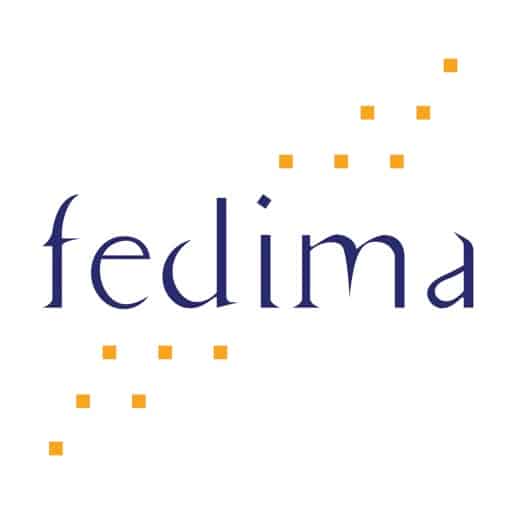
Fedima – The European trade association which represents the bakery, patisserie and confectionery ingredients’ manufacturers, has published a series of tailored sourdough communications, all part of a campaign aimed at educating consumers on the topic.
The campaign builds on research conducted of 5000+ consumers, seeking to find out how sourdough is perceived across 9 different countries in Europe. The research, conducted in 2019, reveals what percentage of consumers know the name ‘sourdough’ compared to how many know what it actually is.
Four informative videos have been published to answer some fundamental questions.
How Sourdough is created?
Consumers have heard of sourdough bread, pizza and many other varieties, but they may not realise it is a living ingredient. Bakers across the world have been nurturing and feeding their sourdough starter for many years.
The history of Sourdough
The first known use for sourdough dates back to the Ancient Egyptians in 1500BC and has since allowed people to leaven bread through natural fermentation. Until the 19th century, sourdough was the main way of making leavened bread by fermentation and thanks to this history and renouned taste, remains central to many cultures around the world today.
Sourdough’s characteristics and properties
Sourdough is a natural leavening ingredient consisting of flour and water. It grows and develops like other living ingredients, evolving unique characteristics, taste and texture. The fermentation allows our body to absorb key nutrients present in cereals more easily, such as minerals and vitamins, making sourdough a very nutritious option.
The influence of Sourdough on the taste of baked goods
Those who have eaten sourdough know it has an authentic taste and flavour, along with a unique crunch. The flavour however is naturally variable and the level of sourness, ranging from mild to intense, is determined by a number of factors. This includes when feeding their starter, bakers can influence the level of acidity by adding either more flour or more water to find the perfect balance.







